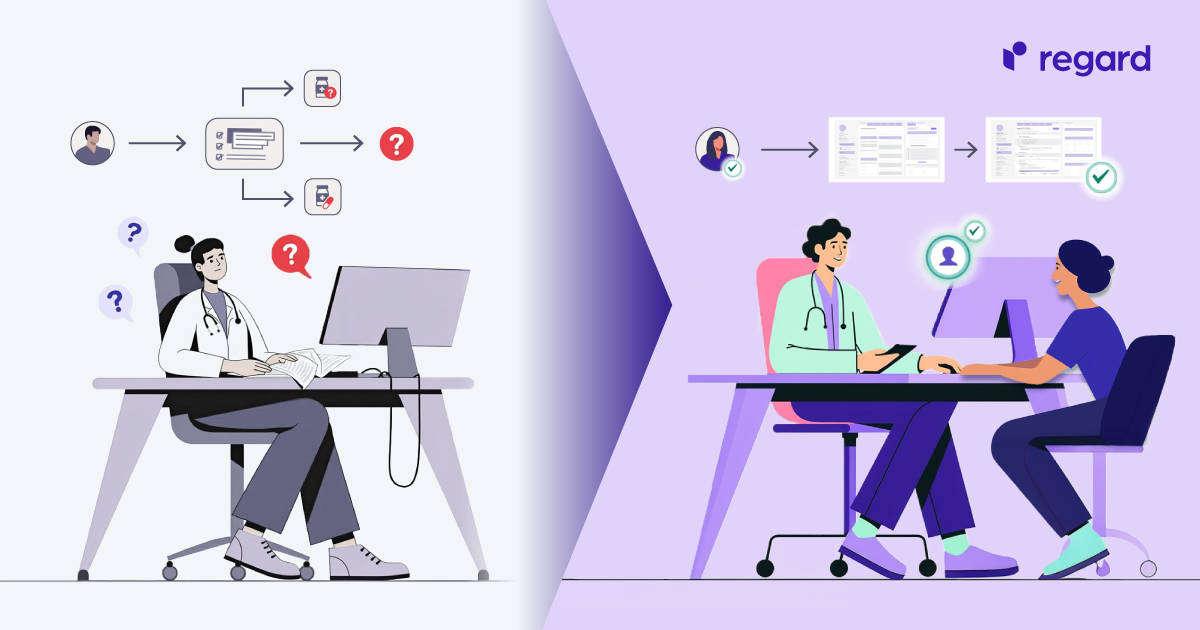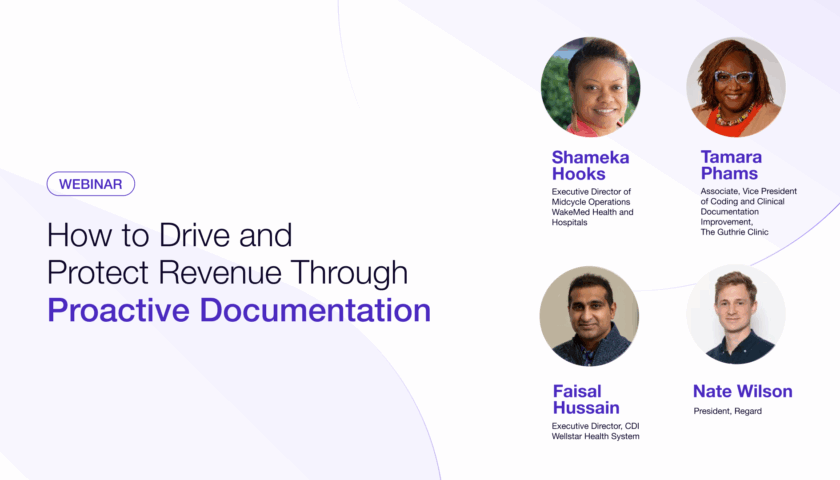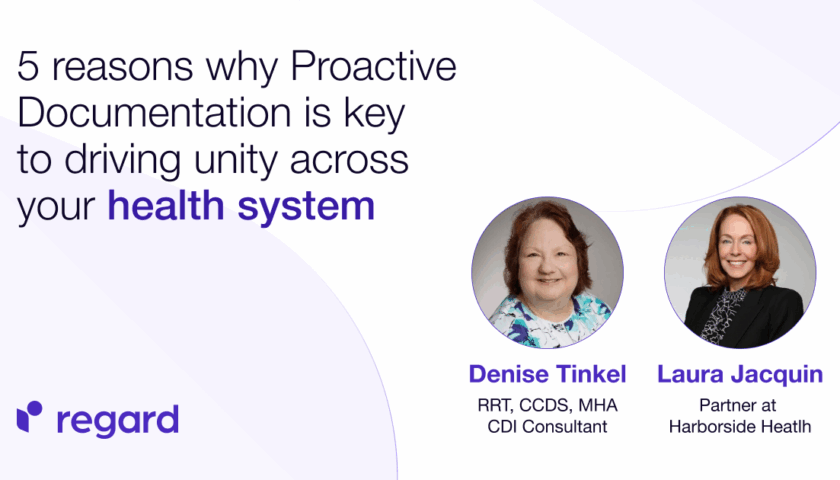For decades, healthcare has grappled with the same persistent challenges: data overload, increased clinician burden, and financial strain. These issues, far from being new, have intensified over the past 10 years. The resulting Clinical Insights Gap, where vital patient data is buried within the EHR and never seen, has unfortunately been met with largely reactive AI solutions.
The current state of healthcare solutions
The healthcare landscape over the last few years saw a flood of AI-enabled tools deployed in the EHR to address documentation challenges due to the Clinical Insights Gap. These solutions range from ambient scribes and clinical summaries to automated revenue cycle tools. They were each created to address the symptoms of the Clinical Insights Gap, but don’t address the root issue directly.
AI ambient scribes
The most attention for these solutions would undoubtedly be AI ambient scribes with many viewing 2024 as the “year of the AI scribe.” This demand was triggered by the need to reduce administrative burden on clinicians. Through leveraging these solutions, physicians are able to reduce time spent typing and documenting and allow more focus on the patient. These add more data into the EHR and can often lower the quality of the note. They don’t improve care directly or improve safety and they aren’t able to address administrative tasks. They are reactive to the conversation in the room instead of setting the clinician up for success before & after the encounter. Still, these are a big step in the right direction and directly relieve the clinical burden, the most painful symptom caused by data overload. Addressing the root cause, overlooked data and diagnoses, can make ambient scribes powerful forces for safety, outcomes, and revenue cycle.
Revenue cycle tools
On the administrative side of healthcare, revenue cycle tools that scan clinical documentation to catch missing context and diagnoses after care has been administered have continued to thrive. These tools support revenue integrity and financial concerns for health systems, but they place additional burdens on clinical staff. They work reactively and supercharge the tennis match between frontline clinicians and the back-office teams. While these tools seek to solve another symptom of the challenge the Clinical Insights Gap presents, it drives wedges between teams and continues to apply more pressure on already overwhelmed teams.
What is Proactive Documentation
When 100% of clinical data is reviewed and turned into Clinical Insights, the Clinical Insights Gap closes. This means every provider can get an understanding of what is happening with their patient, including recommended diagnoses, critical clinical evidence, and evidence-based treatment before they see the patient. This is Proactive Documentation. Empowering providers with a complete and accurate first draft ensures patients get great care, dramatically relieves the burden on clinicians, and supercharges hospital revenue cycle. It also enhances all the AI technologies in place, from AI scribes to AI revenue cycle tools. More than that, every documentation and quality team can now directly influence patient care, safety, and documentation quality. Each team works to set the clinician and patient up for success instead of a prolonged and often frustrating back-and-forth. The core of Proactive Documentation is to unify healthcare teams to drive enhanced patient care that, in turn, improves key metrics from quality to revenue protection.

How do healthcare systems move from reactive to proactive
They say the first step in solving a problem is to recognize that there is, in fact, a problem in the first place. Reactive methodologies and tools are mainstream but they aren’t addressing the root challenge. They exacerbate different parts of the system and do not fulfill their full promise of the benefits of AI. Hundreds of leading hospitals are already leveraging Proactive Documentation to reduce burden, improve care, and enhance revenue.
Hospital systems can shift from reactive to proactive by investing in a reputable and knowledgeable technology partner and aligning internal policies to support Proactive Documentation. This technology partner should have a tried and true program with quantifiable results with previous health systems, an implementation plan, and best practices for promoting Proactive Documentation across the system. Two keys to success to consider are clinical impact and revenue impact.
Ready to start your Proactive Documentation journey?
Regard can help! Our Clinical Insights Platform is the first of its kind and we’ve refined our approach to Proactive Documentation over the last several years. Our results speak for themselves with over 75% adoption across all partners and over $50 million in ROI for our partners in 2024. Curious about what this can look like at your hospital system?
Request a demo with us!


